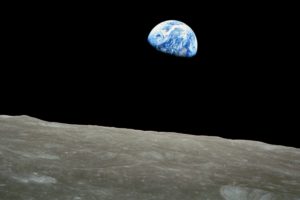As the world looks back on one of the most momentous episodes in history, we see The University of Texas at Austin in the mix from the outset.
Many people will remember President Kennedy’s 1962 speech about reaching the moon, and most will recall the line, “We choose to go to the moon in this decade and do the other things, not because they are easy, but because they are hard.” But few may remember that the speech was delivered in the Rice University stadium, where the preceding lines took on special meaning:
“‘But why,’ some say, ‘the moon? Why choose this as our goal?’ And they may well ask, ‘Why climb the highest mountain? Why — 35 years ago — fly the Atlantic? Why does Rice play Texas?!” Kennedy’s speech was broken up with knowing laughter and applause, as Darrell Royal’s Longhorns were then at the peak of their powers. We choose to do these things, the president said, because they are hard.
Kennedy was at Rice University because of its proximity to the NASA’s Manned Spacecraft Center, opened in Clear Lake in 1961. UT has a strong connection to that too. Without Congressman Albert Thomas and Vice President Lyndon Johnson, the first word transmitted from the moon would not have been “Houston.”
Lyndon Johnson’s leadership in space policy predates Kennedy’s presidency. As majority leader of the U.S. Senate, Johnson was instrumental in passing the National Aeronautics and Space Act of 1958, which in turn led to the creation of NASA. In 1961, President Kennedy made Vice President Johnson head of the National Aeronautics and Space Council, charged with exploring the feasibility of landing a man on the moon within the decade.
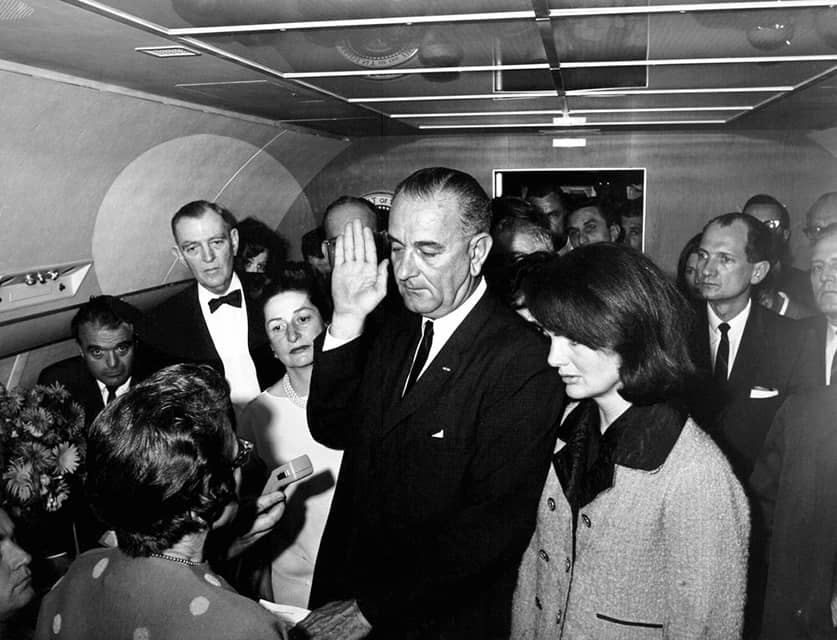
By 1964, the university was using cutting-edge radio telescope research to try to identify suitable landing sites, as a radio telescope could view subsurface features as well as surface. The work was done in a partnership between NASA and UT’s Department of Electrical Engineering. The telescope was shipped from Austin to Palo Alto, Calif.
Witnessing History, Inspiring the Future
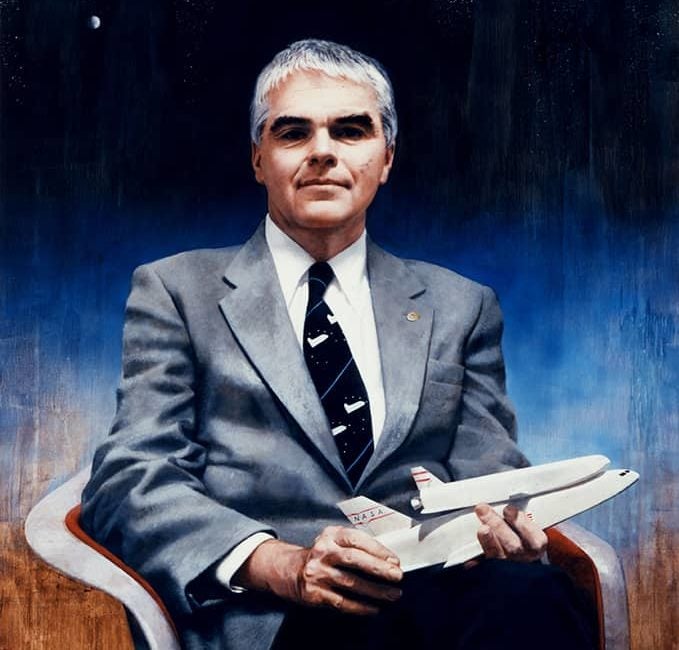
There, in the Bay Area, Hans Mark became director of NASA’s Ames Research Center in February 1969. Mark later would become UT System chancellor and a member of UT’s aerospace engineering program. “My wife and I had been invited to Houston for the [the moon landing],” Mark recalled in his 1987 book “The Space Station,” “because, as a newly minted NASA center director, I rated such an invitation.…” He continues:
“I had the good fortune to be in the Mission Control Center at the manned spacecraft center on the day of the landing and it was clearly one of the high moments of my life . . . The climax, of course, was Armstrong’s first step on the moon. . . in the early morning hours (Houston time) we sat in the viewing room behind the Mission Control Center watching the flickering television repeater to see Armstrong’s historic step on the lunar surface. After the first step, I remember staying on for an hour or two to watch some of the other things that might occur. . . The few hours I spent at the MCC on that day were not to be equaled until a dozen years later when I watched the space shuttle Columbia’s first takeoff from the same place.”
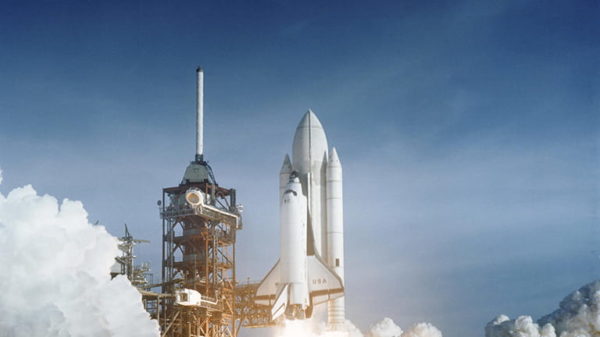
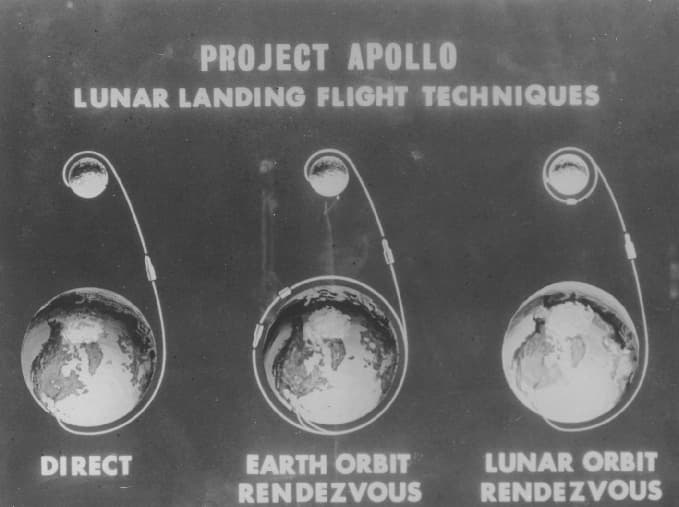
Despite the triumph, Mark expressed regret about one aspect of the mission in particular. For the return to Earth, there were two possibilities for the lunar module and the command module to rendezvous: in lunar orbit or in Earth orbit. Because it was much cheaper to rendezvous in a lunar orbit, that option won the day, but an Earth-orbit rendezvous would have resulted in a de facto space station. Mark wrote:
“President Kennedy’s objective was duly accomplished, but we paid a price. The Apollo program had no logical legacy. In spite of all this, there is no question that the landing of Neil Armstrong and Edwin Buzz Aldrin on the moon on July 20th, 1969, was an epochal event.”
President Carter made Hans Mark secretary of the Air Force. President Reagan appointed him deputy administrator of NASA, after which the UT System drafted him as its chancellor in 1984. In 1992, he stepped aside and became a UT professor of aerospace engineering. But U.S. presidents weren’t through with him, and in 1998, President Clinton asked him to return to Washington as director of defense research and engineering at the Pentagon. He returned to the Texas faculty in 2001, where he remained until 2014. He is 89.
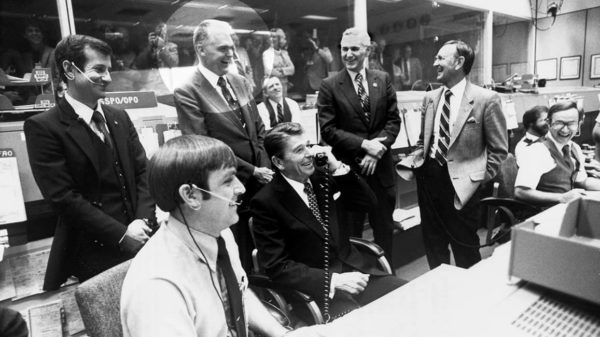
There were no doubt many others in that control room with ties to UT, both past and future. One was Humboldt Mandell, a then-recent graduate of UT, who was hired in 1962 as a design engineer and was sitting on the steps in Mission Control during the moon landing. But from his first week on the job, Mandell has worked solely on manned flight to Mars, including many years collaborating with the UT Center for Space Research within the Cockrell School of Engineering.
Others worked further behind the scenes. Bob O’Rear, M.S. ’66, landed what he referred to as “probably the most glamorous job you could find as a math guy,” writing algorithms for the Apollo space program’s mainframe computer to calculate safe reentry paths for astronauts returning to Earth. Charles Raby, B.A. ’64, also wrote software to train NASA flight controllers. Robert Merriam, B.A. ’64, started developing software for NASA and the Apollo missions in 1967; he retired from NASA only in December 2014.
The Messenger
Of course, most Americans experienced the awe of a human being walking on the moon through television, and it was CBS anchor and UT alumnus Walter Cronkite, ’33, whose famous voice narrated the moment and whose laughter and eye-dabbing astonishment summed up the feelings of millions that summer day. When Cronkite died in 2009, it was Neil Armstrong who eulogized the journalist this way:
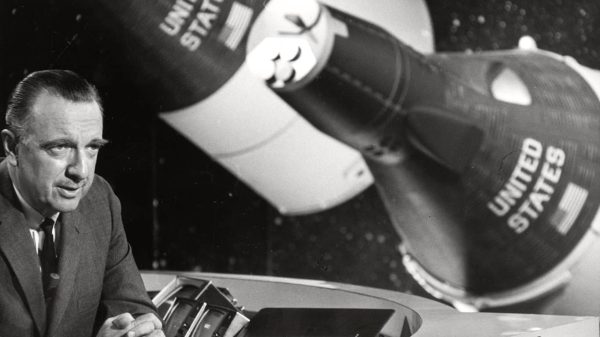
“For a news analyst and reporter of the happenings of the day to be successful, he or she needs three things: accuracy, timeliness, and the trust of the audience. Many are fortunate to have the first two. The trust of the audience must be earned…He had a passion for human space exploration, an enthusiasm that was contagious, and the trust of his audience. He will be missed.”
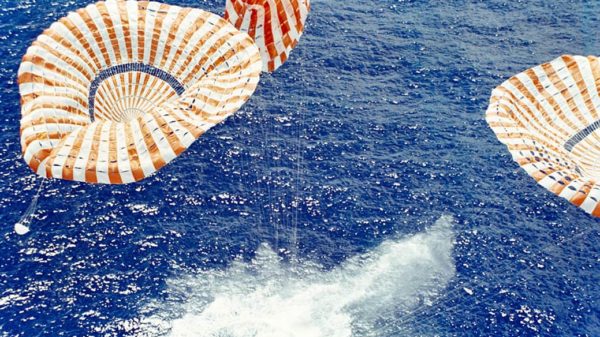
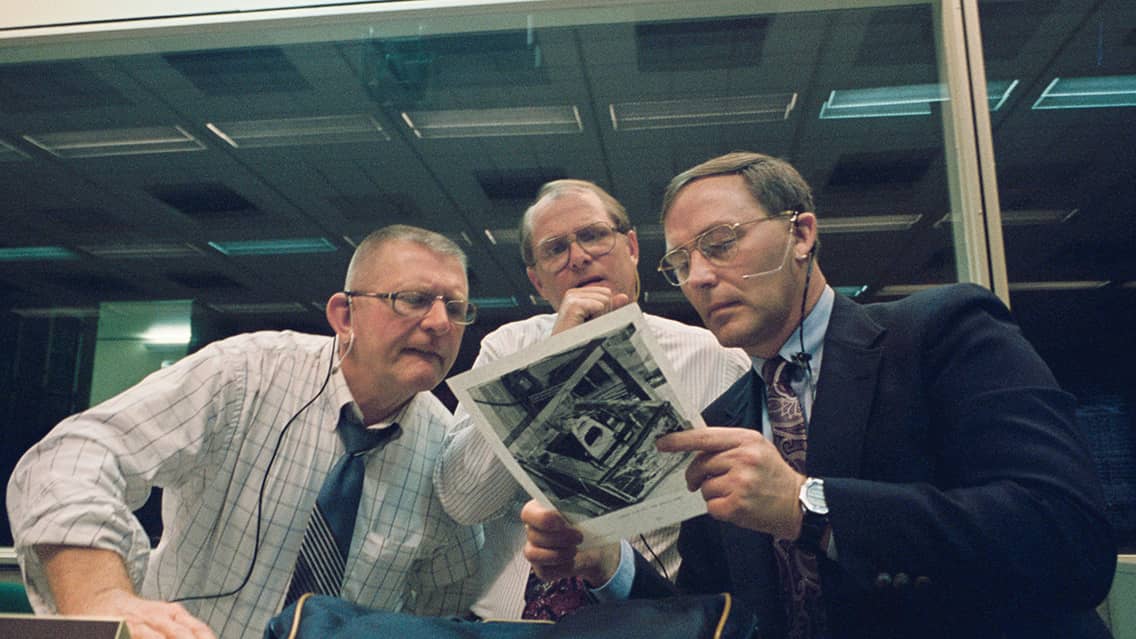
The command module, Columbia, splashed down 900 miles southwest of Hawaii, and when it did, 1967 graduate Randy Stone, a Brownsville native who would eventually go on to become deputy director of the Johnson Space Center, was among the quarantine crew to welcome the astronauts home. Fellow Longhorn graduates Skip Evans, B.A. ’68, and Don Johnson, B.A. ’68, also worked on the quarantine crew. Evans recalled glimpsing a lunar rock just one day after it had been on the moon, while Johnson, trained in microbiology, helped to test the rock samples.
What They Left and What They Took
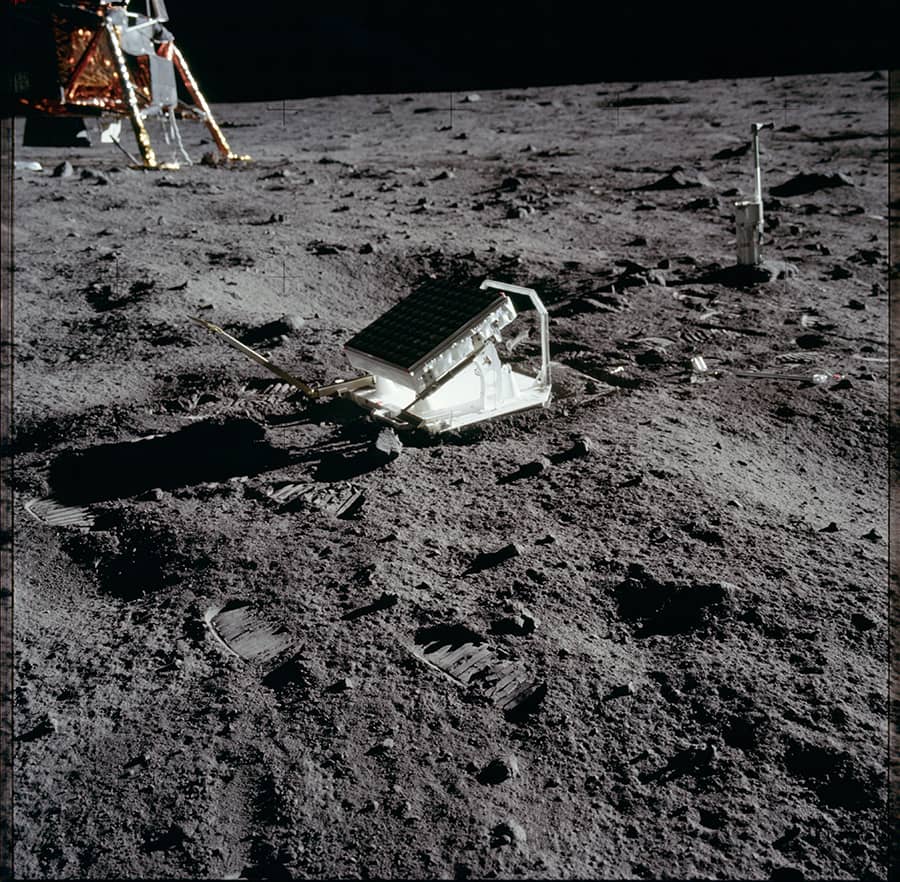
About a month after the Apollo 11 mission, astronomers at the McDonald Observatory measured the distance to the moon by beaming a laser from a telescope to mirrors placed on the moon by Armstrong and Aldrin. For 40 years thereafter, UT’s McDonald Observatory conducted the longest-running experiment begun during the Apollo program, using a dedicated telescope on Mount Fowlkes called the McDonald Lunar Laser Ranging Station to take measurements and study Earth’s gravitational field, plate tectonics, Earth’s orientation in space, and even relativity. Lessons learned from those experiments are fueling a new era of related science at the McDonald Geodetic Observatory.
Just four months after the Apollo 11 mission, Alan Bean, B.S. ’55, became the fourth man to walk on the moon as part of Apollo 12. Bean parlayed the experience into a long artistic career, painting moonscapes with color and even mixing moon dust into the paint. Bean died in 2018 at 86.
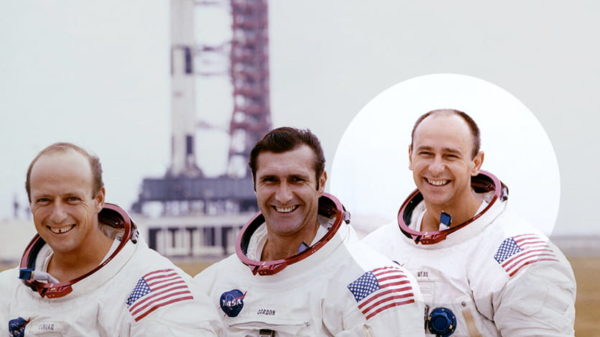
Going to the moon was worth doing if only for the engineering advances it necessitated. But once the Eagle had landed, it was time to learn more about the moon itself. That’s where UT’s Department of Geological Sciences, now the Jackson School of Geosciences, entered the picture.
The late professor Bill Muehlberger spent 40 years training astronauts in geology from Apollo 16 on and served as the principal investigator on Apollo 16 and 17. He was so popular with the astronauts that they named the largest moon rock returned to Earth — Big Muley — after him, and, in one moon-landing video, astronauts can be heard talking to Muehlberger and good-naturedly complaining about the size of the rocks he was making them collect.
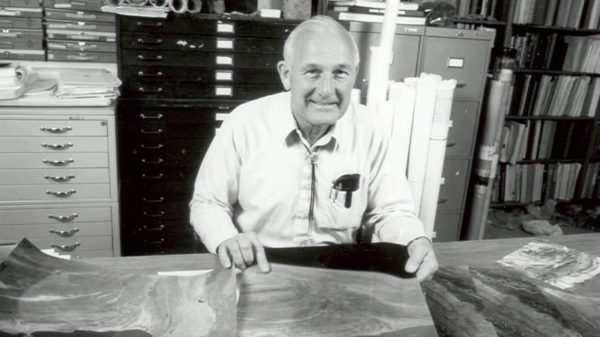
Maurice Ewing, who founded the institution that would become the University of Texas Institute for Geophysics, was a principal investigator of the first seismic experiments on the moon. In 1969, as Alan Bean and the rest of the Apollo 12 crew left the moon, they jettisoned their spent rocket, sending it crashing down to the moon’s surface. Using seismometers the astronauts had set up, Ewing and team learned that the moon reverberated like a bell. At a press conference, an astonished Ewing said he was at a loss to explain why the moon was still ‘ringing’ even as he addressed reporters. The reverberations did not stop for nearly an hour after impact.
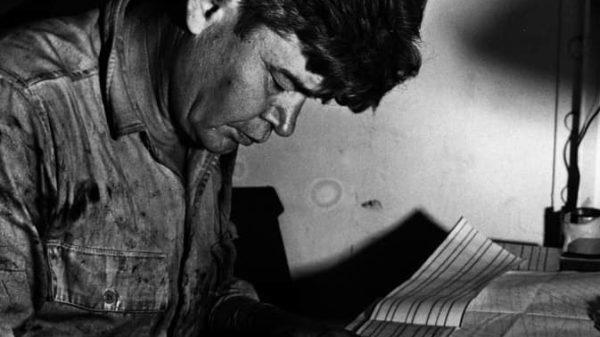
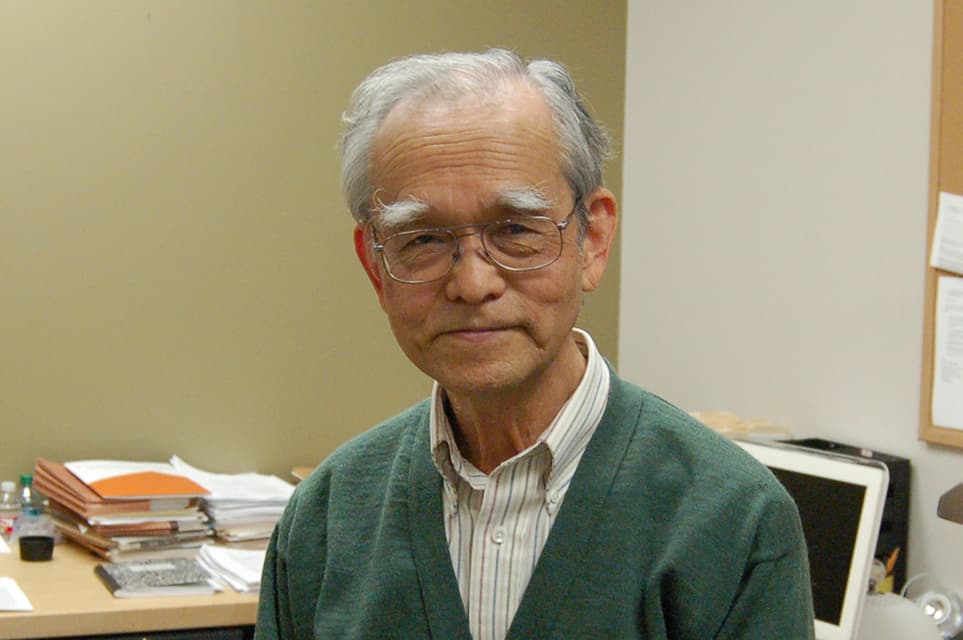
Yosio Nakamura worked with Ewing and moved with him to the Galveston Geophysics Lab in 1972. He used the extensive data collected by a network of seismic stations on the moon to make the first direct seismic observations of an extraterrestrial object. Now a UT professor emeritus, he is retrieving and re-analyzing the Apollo data from the moon and data from the Viking mission to Mars.
The Shadow of Apollo
Although humans have not been to the moon since 1972, the shadow of the Apollo missions is long. Inasmuch as every accomplishment in space enables subsequent feats, the Apollo years are forever connected to all space travel that followed. And although the moon is still the farthest from home a human has ever gone, more humans are traveling in space than ever before. As of 2019, more than 230 people from 18 countries have traveled to the International Space Station, established in 1998, with astronauts delivered now exclusively by Russian Soyuz rockets.
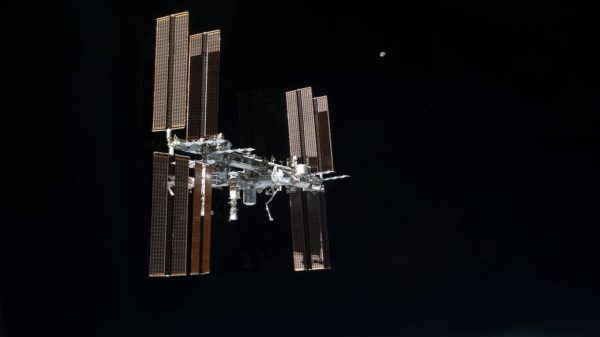
Indeed, Alan Bean was just the first of 11 Longhorn astronauts to go to space, all from engineering. Robert Crippen, B.S. ’60, went to space four times in the early 1980s, including as pilot of the first space shuttle mission and commander of the seventh. Stephanie Wilson, M.S. ’92, went to space three times between 2006 and 2010 aboard the shuttle on missions to the International Space Station totaling 42 days. And Karen Nyberg, M.S. ’96, Ph.D. ’98, has been to the ISS twice — 2008, 2013 — for a total of 180 days in space. Carl Meade, B.S. ’73, Michael Baker, B.S. ’75, Fred Leslie, B.S. ’74, Kenneth Cockrell, B.S. ’72, and Paul Lockhart, M.S. ’81, all rode shuttles to space. But not all were Cockrell alumni: Gregory Johnson got his MBA at Texas in 2005. And not all flew with NASA. Andreas Mogensen, Ph.D. ’07, went to space with the European Space Agency.
And so many alumni have worked on terra firma to support space missions that UT hosts an alumni event every year for Texas Exes who work at NASA and the Johnson Space Center.
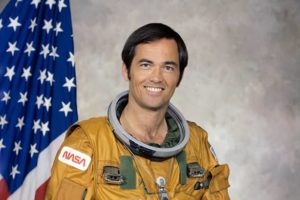
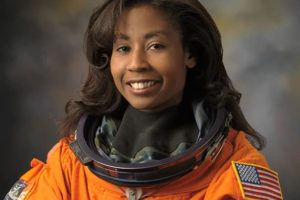
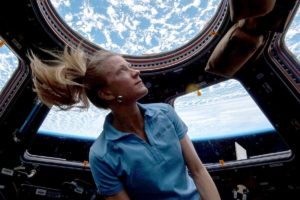
Beyond the Moon
Private space launches and space tourism continue to blur lines of what was once the exclusive enterprise of superpower nation-states.
As for human exploration, Mars remains the next logical step, but the distance, the costs and the risks involved (More than half of spacecraft destined for Mars fail.) have made unmanned exploration the hallmark of this particular age.
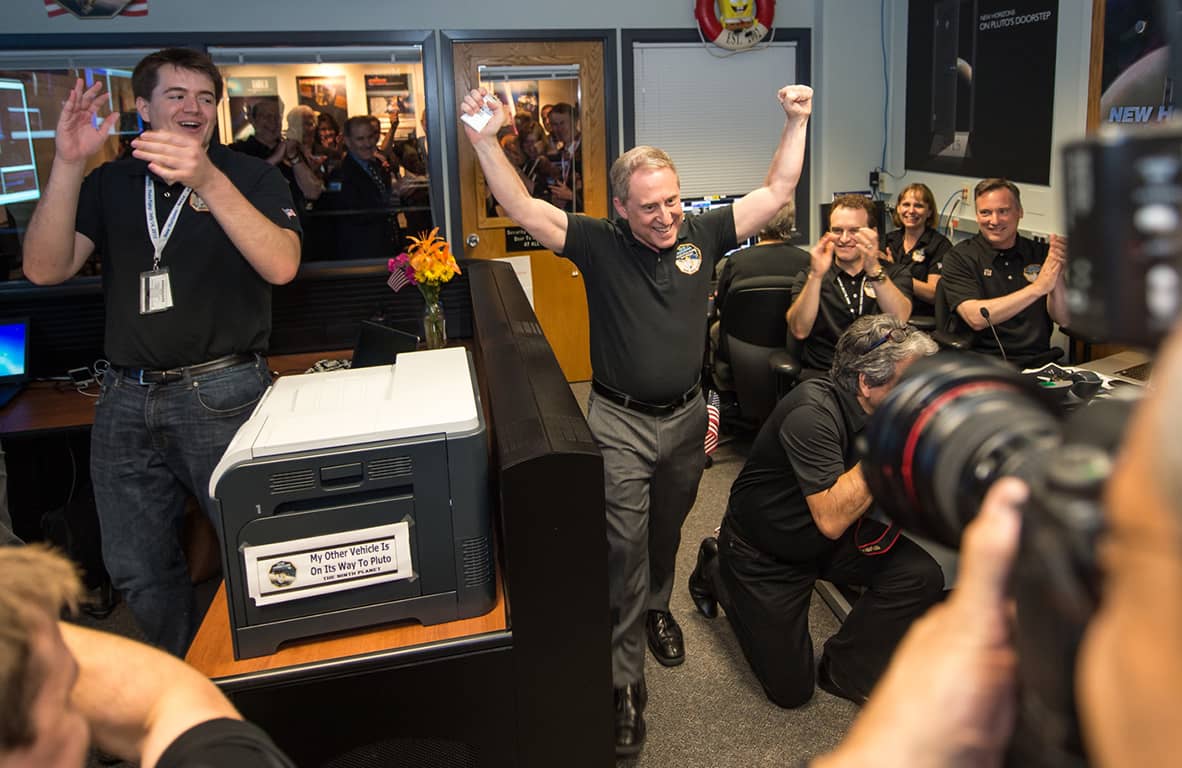
On July 14, 2015, New Horizons, after more than nine years in space, reached its destination and flew by Pluto and its moons. This triumph of unmanned exploration was guided by principal investigator and UT alumnus Alan Stern and revealed among other features rust-colored mountain ranges and a gigantic plain in the shape of a heart.
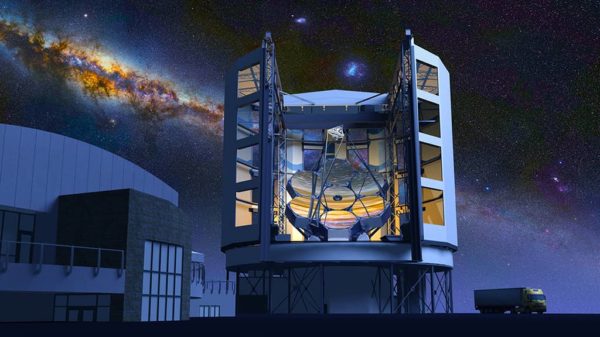
But the best look at distant objects will soon be available right here on Earth. UT is a charter member of a multinational consortium building the largest optical telescope in the world, the Giant Magellan Telescope built in the high, arid mountains of northern Chile.
Its mirror, 25 meters across, will have more than six times the collecting area of the current largest optical telescopes and will let astronomers look deeper into space, and therefore further back in time, than ever before, with images up to 10 times as sharp as those from the Hubble Space Telescope (like this one of the Lagoon Nebula). “First light” is expected in 2021. The GMT will reveal the faintest objects ever seen in space, including extremely distant and ancient galaxies whose light has been traveling to Earth since just after the Big Bang, more than 13 billion years ago.

